 AD
AD
Today is: December 21
Scroll to explore events active on this date.
Additional Events on LEEP
LEEP INK FEATURES

August? Absolutely!
In August, we live through the Dog Days of Summer. It's hot and often humid, and those who can leave for better climates do. Down south, winter is in full force. August is also known as "the ...

In The Heat of July: July 2025 Events
Is it hot enough (or cold enough if you're below the equator) for you yet? There is actually a day for that! Like every month, I pick a diverse collection of events you may or may not know about. This ...

May Blooms: Events in May 2025
Along with October, May is one of the most densely packed months of the year. It's before the summer humidity and the last whole month of the school year. The weather is warming in t...
About Hafte Defâ Moqaddas, Sacred Defense Week
Politics , Middle East/West Asia
Ends: Sep 28, 2024
DESCRIPTION:
HAFTE DEFÂ MOQADDAS
IRAN'S SACRED DEFENSE WEEK
Hafte Defâ Moqaddas, or Sacred Defense Week, is a national Iranian holiday held annually from September 22 to September 29. The week commemorates the valor and sacrifices of Iranian soldiers and civilians during the Iran-Iraq War, which raged from 1980 to 1988. The Iranian government established it in the aftermath of the war to honor those who fought in defense of the country during what is known in Iran as the Sacred Defense.
The holiday was officially decided upon by Iran's Supreme Leader at the time, Ayatollah Khomeini, in recognition of the war's profound impact on the nation and the importance of preserving its memory. The week coincides with the anniversary of Iraq's invasion of Iran on September 22, 1980, marking the start of the eight-year conflict.
Hafte Defâ Moqaddas is marked by large-scale military parades, with Tehran hosting the most prominent display, including missile showcases and flyovers by the Iranian Air Force. Throughout the country, exhibitions, speeches, and cultural programs emphasize national unity and the heroism of soldiers. Iranian media extensively covers personal stories of war veterans and martyrs, fostering a sense of patriotism and reverence for the nation's defenders.
The week is a somber reminder of the heavy toll the war exacted, with over a million casualties between both sides. Hafte Defâ Moqaddas remains essential to Iran's national identity, underlining the country's enduring narrative of resistance and resilience against foreign aggression.DIPLOMACY RENDERS A CEASEFIRE
The ceasefire in the Iran-Iraq War, which took effect in August 1988, resulted from a combination of military, political, and economic factors that left both nations exhausted and unable to continue the conflict.
Key Reasons for the Ceasefire:
—Military Stalemate and War Fatigue:
After eight years of intense fighting, neither Iran nor Iraq had achieved a decisive victory. Both sides had made significant territorial gains and losses at different points, but the war had largely devolved into a grinding stalemate. Casualties were staggering, with estimates of around a million dead and millions more wounded or displaced. By 1988, both nations faced severe war fatigue, with morale plummeting and their populations and economies stretched to the breaking point.
—Economic Pressure:
The war severely strained the economies of both Iran and Iraq. The prolonged conflict disrupted oil exports, a critical source of revenue for both nations. Iraq, in particular, had borrowed heavily from Arab neighbors like Saudi Arabia and Kuwait to finance its war efforts, leaving the country deeply in debt. Iran, meanwhile, struggled under international sanctions and the financial burden of sustaining the war effort. By the late 1980s, the economic pressures were pushing both nations toward seeking an end to the conflict.
—Iraqi Gains and the Shift in Momentum:
In 1988, Iraq launched a series of successful offensives, aided by its improved military capabilities and the use of chemical weapons. Iraq regained much of the territory it had lost earlier in the war and pushed Iranian forces back. Iran, facing internal dissent and a faltering military, began to realize that it could not achieve a decisive victory and that continuing the war would only lead to further losses.
—International Mediation and UN Pressure:
The international community, particularly the United Nations, had long been attempting to broker a peace deal. In 1987, the UN Security Council passed Resolution 598, which called for an immediate ceasefire, withdrawal of forces to internationally recognized borders, and peace negotiations. Although Iran initially rejected the resolution, by 1988, the deteriorating military and economic situation forced Tehran to reconsider.
—Fear of Further Escalation:
Iran was also under increasing threat from Iraq's use of chemical weapons, as well as the possibility of deeper involvement by external powers. Iraq had received support from Western countries and Arab states, and there was concern that the conflict could escalate further, potentially involving the superpowers more directly or resulting in even greater devastation.
—Internal Iranian Realization:
By mid-1988, Ayatollah Khomeini and the Iranian leadership concluded that the costs of continuing the war outweighed any potential gains. Despite Khomeini's earlier vow to fight until Iraq's defeat, the realization that Iran could no longer sustain the conflict led to a pragmatic shift. Khomeini famously described accepting the ceasefire as "drinking from a poisoned chalice," indicating how difficult the decision was for Iran.CEASEFIRE AND AFTERMATH
On July 18, 1988, Iran formally accepted UN Resolution 598, agreeing to a ceasefire. Iraq had already accepted the resolution and halted its offensives. The ceasefire began on August 20, 1988, under UN supervision. Though the war technically ended in a stalemate with no significant territorial changes, it left both nations devastated and with lingering tensions. Full diplomatic relations between the Iranian and Iraqi governments were not restored until 1990.
VIDEOS
SUPPORTING DOCUMENTS
Currently, this event does not have supporting documents.
ADDITIONAL IMAGES
Currently, this event does not have supporting images.
Where would you like to go now?
 AD
AD
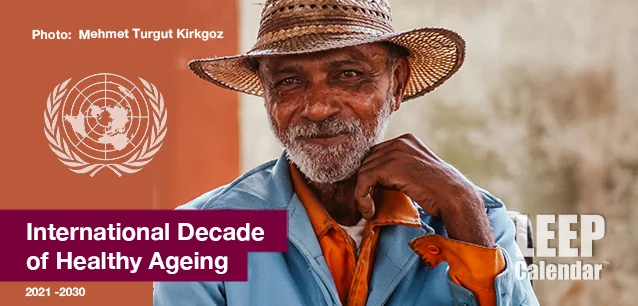

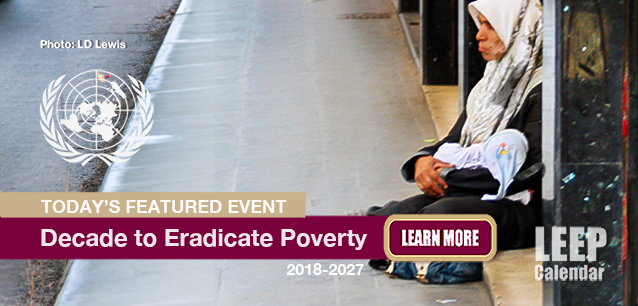




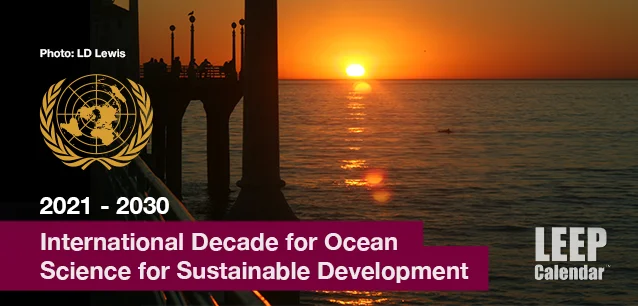








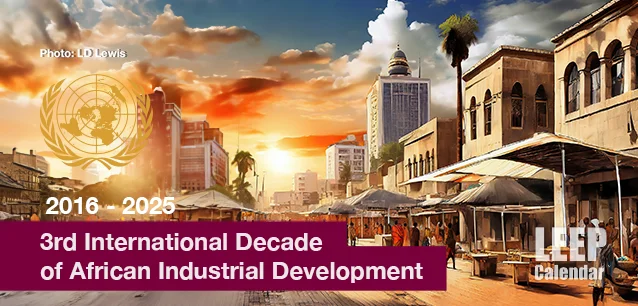


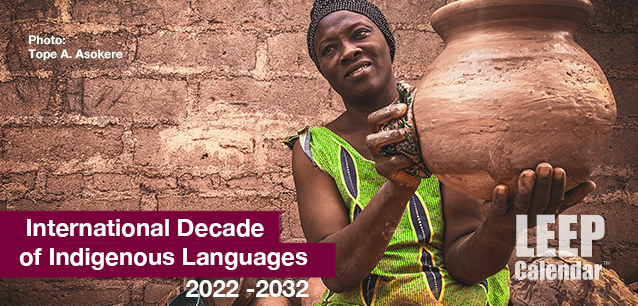









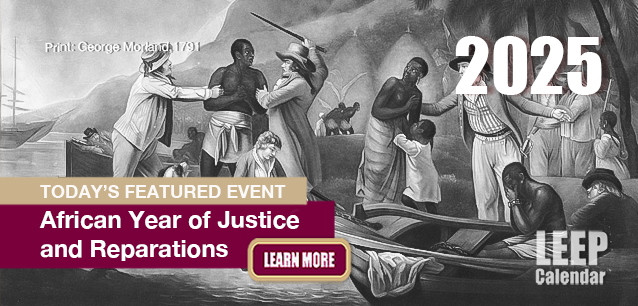





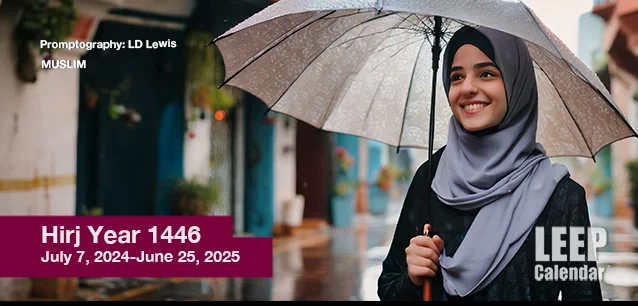
























/footer-logo.svg)
